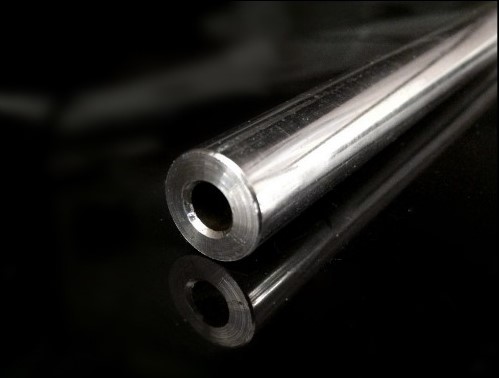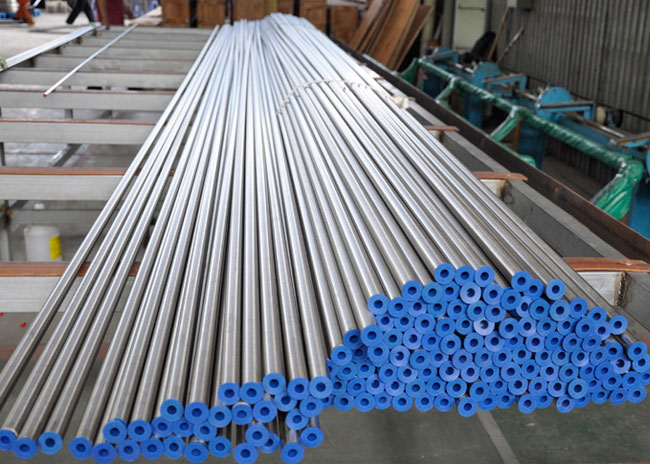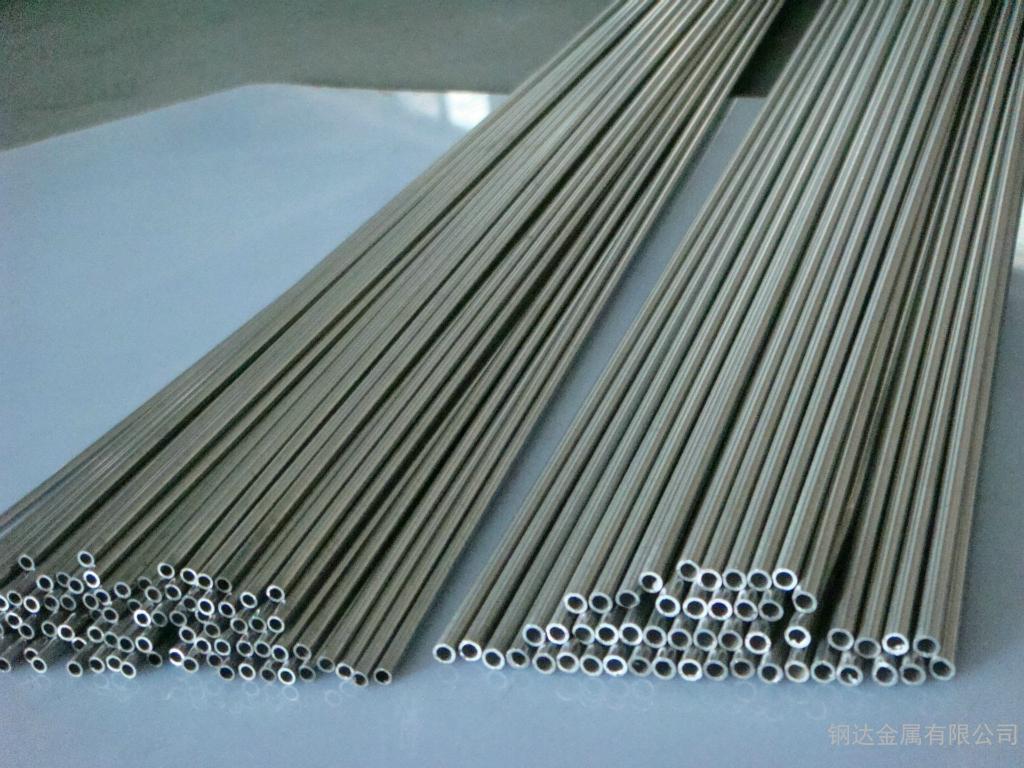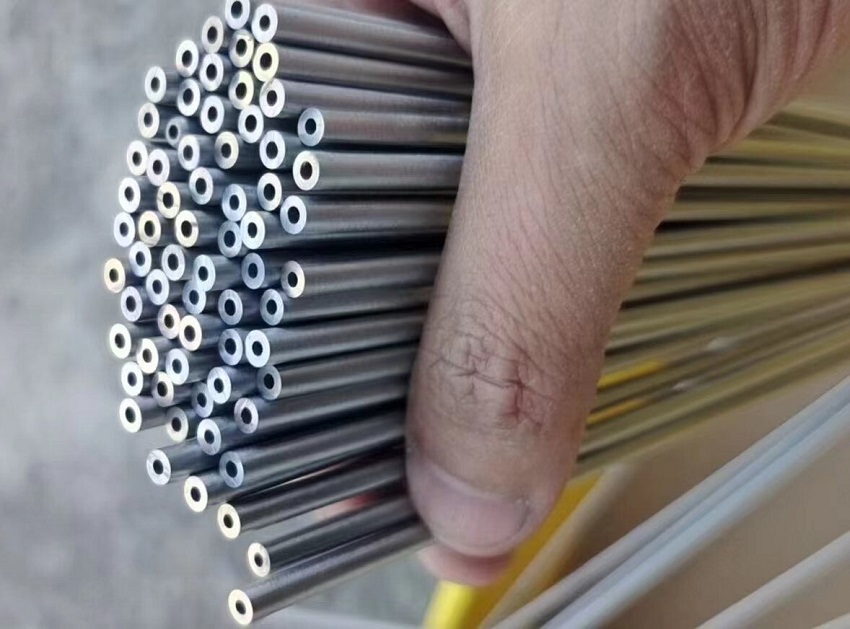NEWS CENTER
What is stainless hydraulic tubing and the character?
What is stainless hydraulic tubing and the character?
Stainless hydraulic tubing is a type of high-strength, corrosion-resistant tubing used in hydraulic systems to convey fluids under pressure. Made from stainless steel, this tubing is characterized by its durability, high resistance to rust and corrosion, and ability to withstand high-pressure environments. It is often utilized in industries such as aerospace, automotive, and manufacturing, where reliability and longevity of components are crucial. The tubings seamless construction ensures a smooth internal surface, reducing the risk of leaks and maintaining the integrity of the hydraulic system. Additionally, stainless hydraulic tubing is known for its excellent formability, weldability, and ability to maintain performance in extreme temperatures and harsh environments.
1. Stainless Hydraulic Tubing Material:
1.1. 304/304L Stainless Steel: Known for its excellent corrosion resistance, formability, and ease of welding. 304L, a low-carbon version of 304, offers better weldability and reduces the risk of carbide precipitation during welding.
1.2. 316/316L Stainless Steel: Offers superior corrosion resistance, especially against chlorides and other industrial solvents. 316L is the low-carbon variant, enhancing its resistance to sensitization and making it suitable for welding applications.
1.3. 321 Stainless Steel: Stabilized with titanium, this grade prevents carbide precipitation and is ideal for high-temperature environments, maintaining its strength and corrosion resistance.
2. Stainless Hydraulic Tubing Corrosion Resistance:
- Stainless steel is highly corrosion-resistant, which is crucial for hydraulic systems where exposure to moisture, chemicals, and other corrosive elements is common.
3. Stainless Hydraulic Tubing Strength and Durability:
- Hydraulic systems often involve high-pressure applications. Stainless steel tubing provides the necessary strength and durability to withstand these conditions.
4. Stainless Hydraulic Tubing Surface Finish:
The surface finish of stainless hydraulic tubing is critical for ensuring optimal performance, particularly in high-pressure and high-purity applications.
4.1. Bright Annealed (BA): This finish provides a smooth, reflective surface that is both aesthetically pleasing and functional. The bright annealing process involves heat treatment in a controlled atmosphere to prevent scaling, resulting in a clean, smooth surface that enhances corrosion resistance.
4.2. Polished: Polished finishes can range from a basic polish to a highly reflective mirror-like finish. Polishing removes surface imperfections, reduces the risk of corrosion, and improves the cleanliness of the tubing. It is particularly important in applications where hygienic conditions are crucial, such as in the pharmaceutical and food industries.
4.3. Pickled and Passivated: This finish involves treating the tubing with acid (pickling) to remove surface impurities and then applying a passivation process to enhance the natural corrosion resistance of the stainless steel. The result is a uniform, matte finish that is highly resistant to corrosion.
4.4. Electropolished: Electropolishing is an electrochemical process that smooths and streamlines the microscopic surface of the stainless steel, removing a thin layer of material to eliminate surface irregularities. This finish provides superior corrosion resistance, reduced friction, and improved cleanability, making it ideal for ultra-high purity applications.
5. Stainless Hydraulic Tubing Size and Dimensions:
- Stainless hydraulic tubing comes in various sizes and dimensions to meet the specific requirements of different hydraulic systems.
6. Weldability:
- Stainless steel tubing should be easily weldable to facilitate the construction of hydraulic systems. Proper welding techniques are essential to maintain the tubings integrity.
7. Stainless Hydraulic Tubing Temperature Resistance:
- Stainless steel can withstand a wide range of temperatures, making it suitable for hydraulic systems operating in different environments.
8. Stainless Hydraulic Tubing Pressure Ratings:
The pressure ratings of stainless hydraulic tubing depend on the material grade, wall thickness, and diameter. Commonly used grades like 304/304L and 316/316L stainless steel offer different strengths and corrosion resistances, impacting their pressure capabilities. Thicker walls and smaller diameters generally withstand higher pressures. For example, 316/316L stainless steel tubing with a 1/4 inch outer diameter and a 0.035 inch wall thickness can handle pressures up to approximately 5,000 psi, while a 1/2 inch outer diameter with a 0.049 inch wall thickness can handle up to about 3,500 psi. Specific pressure ratings are determined by standards such as ASTM A213 and ASTM A269 and should be verified through manufacturer data sheets for precise application requirements.
9. Compliance with Standards:
- Ensure that the stainless hydraulic tubing complies with industry standards and regulations to guarantee its quality and performance, such as ASTM A269、ASTM SA269
10. Stainless Hydraulic Tubing Application:
- Stainless hydraulic tubing is used in a variety of applications, including hydraulic cylinders, pumps, valves, and other components of hydraulic systems in industries such as manufacturing, aerospace, automotive, and more.

Stainless hydraulic tubing
请输入搜索关键字
确定






